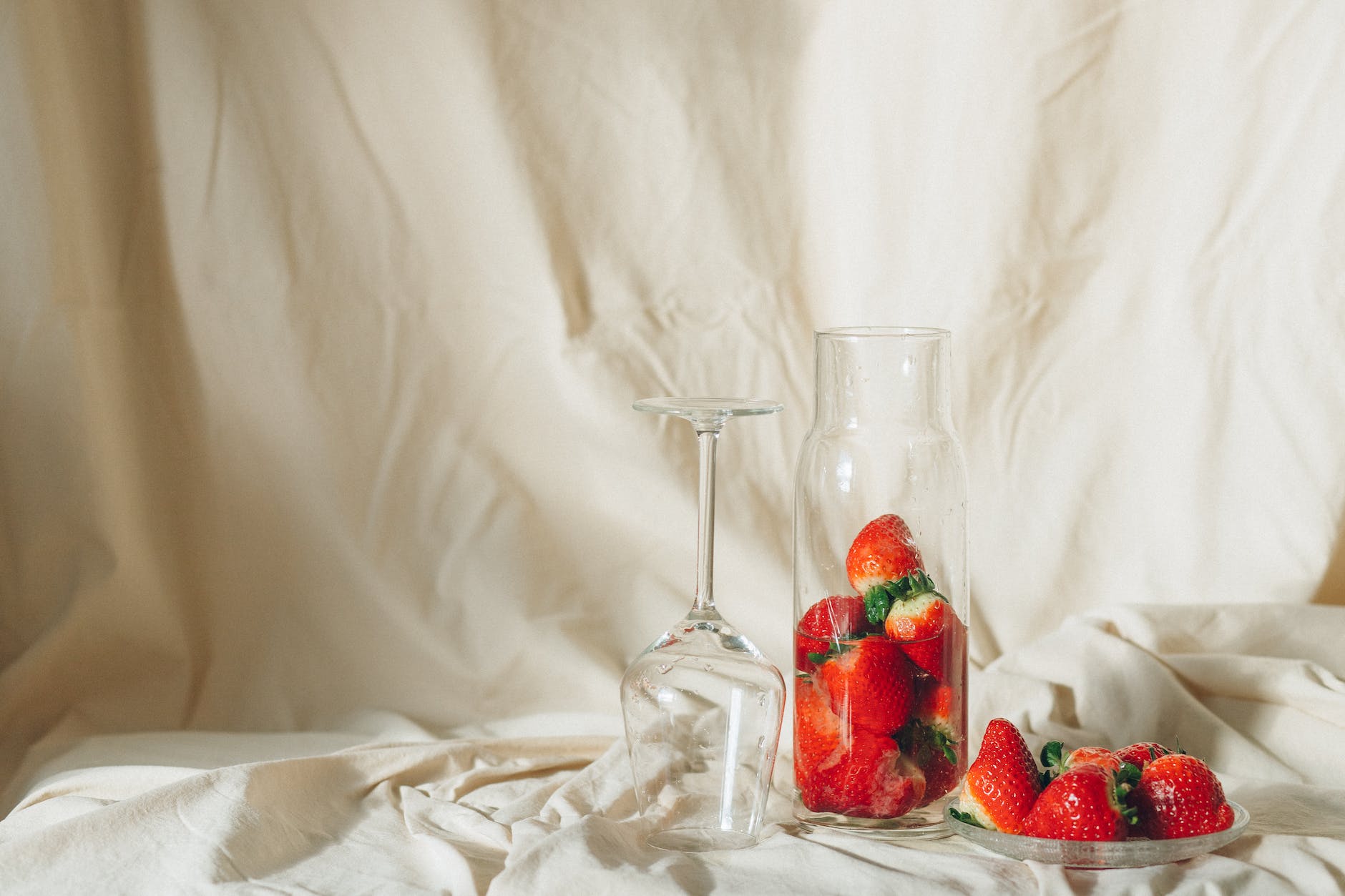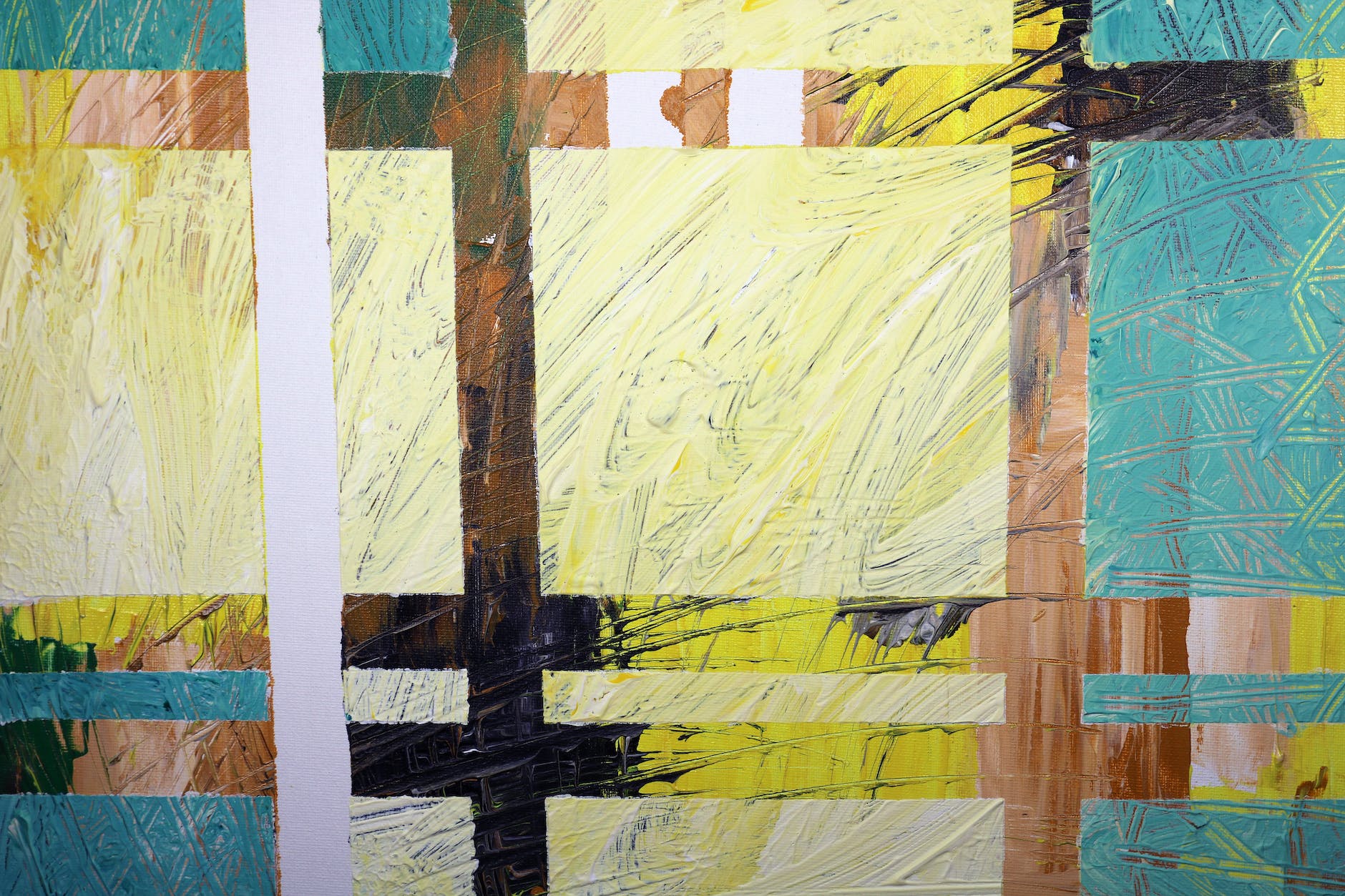Art, in its myriad forms, is an expression of one’s consciousness and perceptions. Among its vast genres, psychedelic art – inspired by the altered states of consciousness often brought on by uninhibited minds or hallucinogenic experiences – solicits fascination through its vivid, multi-dimensional tapestry. This entrancing art form often utilizes vibrant colors, abstract representations, and fantastical imagery to embody or simulate psychedelic experiences. Let’s delve into the various divergent styles of psychedelic art.
One of the longstanding styles of psychedelic artwork is abstract art. Psychedelic abstract creations defy the principles of realism and naturalism, instead favoring a dream-like composition. These pieces often contain distorted or exaggerated forms, colors, or patterns that stimulate the viewer’s imagination. Abstract pieces may also incorporate optical illusions – visual phenomena that trick the mind into perceiving something that isn’t there, giving the art a dynamic, energetic feel.
Next, we move to the realm of visionary art. These artists seek to portray the spiritual and mystical experiences transcending the ordinary realms of perception. Visions are often wrought in hyper-detailed landscapes and beings, swirling in a sea of colors, tones, and intricate detailing. Trade secrets of ancient cultures, mystical symbols, and sacred geometry often inform this style.
Known for its captivating and trippy designs, fractal art stands out uniquely within the psychedelic genre. Fractals are mathematical patterns that endlessly repeat and scale, regardless of how closely one inspects them. In psychedelic fractal art, extreme zooming reveals infinite layers of geometric depth, creating an illusion of infinite, self-similar complexity.
The realm of digital artwork has also embraced the movement of psychedelic art. With access to a wide range of design tools and special effects, digital artists can create fantastical, multi-layered compositions filled with vibrant colors, gradient transitions, and mind-bending forms. The ability to manipulate images and generate unique textures, dimensions, and lighting effects elevates the scope for creativity in this medium.
Psychedelic poster art, synonymous with the cultural revolution of the ‘60s and ‘70s, remains a beloved representative of this trend. Typically characterized by condensed typefaces, vibrant palettes, and symbolic imagery, psychedelic poster art often served to advertise events, concerts, and festivals exuding counter-cultural vibes. These posters, popularized by music legends like Pink Floyd and Jimi Hendrix, became iconic symbols of the era’s rebellious spirit.
Finally, surrealist paintings represent another fascinating avenue of psychedelic art. Drawing inspiration from the likes of Dalí and Magritte, psychedelic surrealists attempt to capture the subconscious mind’s illogic in their work. They combine unusual, often alien-like elements in dreamlike sequences, thereby crafting a bridge between reality and fantasy.
In conclusion, psychedelic art, in its numerous forms, invites viewers to an immersive universe of mind-altering experiences. From kaleidoscopic fractal art to cerebral digital artwork to vintage psychedelic poster art – this provocative art style endeavors to visualize the unseeable and to render the abstract tangible. Whether it’s throbbing vibrant colors, abstract representations, or mind-bending optical illusions, every element of psychedelic art works as an invitation, beckoning the viewer to embark on a journey into the depths of the human psyche. Each piece, a powerful testament to the boundless creativity that lies within the domain of imagination and perception, paints a picture of an imperceptible world that exists just beyond our realm of comprehension.






